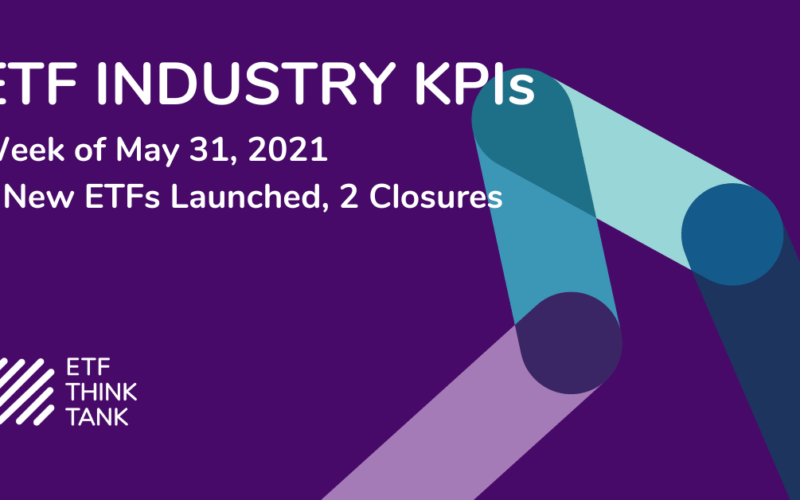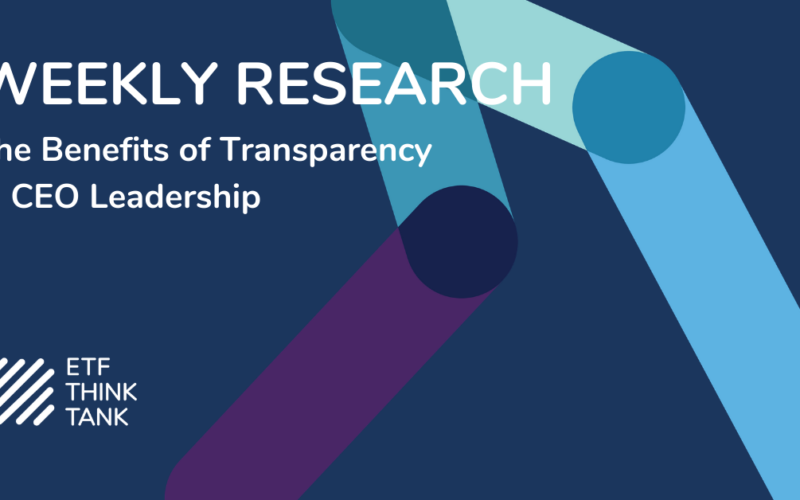Get Think Tanked returned to a more high-level macroeconomic focus this past week by welcoming A. Gary Shilling, the president of A. Gary Shilling & Co., a financial consulting and investment advisory firm. He and his firm take a strictly top-down approach to economic analysis by starting with economics and politics and looking for investment themes that fit the story.

Shilling has been a notable Treasury bond bull for a while, so we started by asking him his opinion of the current Treasury market. He says he has been positive on government bonds ever since yields were around 14% and says there’s still some upside potential. The herd keeps saying that it cannot last and there are certainly limits to how far yields can drop, but convexity is going to be important here. You don’t have to go much lower in order to see positive returns, but he notes that the inflation/deflation narrative will determine how much upside remains.
Which side of that debate does Shilling fall on? Currently, he says inflation as a more likely outcome than deflation, but there are certainly pressures on both sides. He sees a massive technology boom worldwide, which is deflationary. There’s also big production occurring in Asia and more supply than demand also leads to deflation. On the other hand, fiscal stimulus is inflationary. Current supply chain bottlenecks are also a concern and could lead to imbalances. His group’s research finds that there is only a 60% correlation between the CPI and Treasury yields, so rising inflation doesn’t necessarily have to lead to higher rates.
Can the Fed do much about the current environment? Shilling doesn’t think so and says that the Fed is “impotent”. He notes that the Fed tried to raise interest rates in 2018, but the 20% correction in stocks in the 4th quarter resulted in a quick reversal of course. The taper tantrum didn’t work, so the central bank is probably gun shy on the idea. Another problem is that the velocity of money has collapsed. People are taking stimulus money and are either building up assets or paying down debt, not putting it into the economy, which could leave the markets vulnerable. One solution, he says, could be for the Fed to threaten higher interest rates to give people sort of a “last chance” to take advantage of low rates and try to force velocity to improve. Overall, he says that the Fed over time has not been good at this.
Shilling was asked how he would describe this market environment and what period is it most similar to? He says that it is a speculative market and a lot of people are buying assets not because of any fundamental reason but simply because the price is going up. We experienced a recession, but it was not a traditional one. There is not as much risk as there was in the 1930s and says the Fed is much more concerned with protecting assets right now. He sees some froth in the housing market but says we’re not in the same boat with respect to subprime lending as we were during the financial crisis where lenders were just giving out cash to anyone. He does, however, see the potential for coming weakness in housing.
What is Shilling recommending to clients right now? His firm is taking a cautious stance and has more money in cash right now than ever before. He thinks short-term growth will rebound, but economic activity longer-term will be slow. He acknowledges that valuations in international equities are far more reasonable, but thinks prospects are also much lower. He sees changing governments and a slow-moving Brexit as examples of these challenges. China is underdeveloped and “totalitarian regimes can work very well up until the point where they collapse.” Unless he sees a compelling reason to examine the overseas markets, “I like to play in my own sandbox.”
Shilling reiterates his view that he likes to take a high-level view of the world economy and markets before working his way down from there. He likes to take a position in things his firm thinks are going to happen later and try to get a head start. He preaches patience, but also believes we could be looking at a risk-off environment that potentially lasts for years.
There is no Get Think Tanked this week, but we’ll be back on Thursday 6/17 for a drink and a chat.
Disclosure
The information provided here is for financial professionals only and should not be considered an individualized recommendation or personalized investment advice. The investment strategies mentioned here may not be suitable for everyone. Each investor needs to review an investment strategy for his or her own particular situation before making any investment decision.
All expressions of opinion are subject to change without notice in reaction to shifting market conditions. Data contained herein from third party providers is obtained from what are considered reliable sources. However, its accuracy, completeness or reliability cannot be guaranteed.
Examples provided are for illustrative purposes only and not intended to be reflective of results you can expect to achieve.
All investments involve risk, including possible loss of principal.
The value of investments and the income from them can go down as well as up and investors may not get back the amounts originally invested, and can be affected by changes in interest rates, in exchange rates, general market conditions, political, social and economic developments and other variable factors. Investment involves risks including but not limited to, possible delays in payments and loss of income or capital. Neither Toroso nor any of its affiliates guarantees any rate of return or the return of capital invested. This commentary material is available for informational purposes only and nothing herein constitutes an offer to sell or a solicitation of an offer to buy any security and nothing herein should be construed as such. All investment strategies and investments involve risk of loss, including the possible loss of all amounts invested, and nothing herein should be construed as a guarantee of any specific outcome or profit. While we have gathered the information presented herein from sources that we believe to be reliable, we cannot guarantee the accuracy or completeness of the information presented and the information presented should not be relied upon as such. Any opinions expressed herein are our opinions and are current only as of the date of distribution, and are subject to change without notice. We disclaim any obligation to provide revised opinions in the event of changed circumstances.
The information in this material is confidential and proprietary and may not be used other than by the intended user. Neither Toroso or its affiliates or any of their officers or employees of Toroso accepts any liability whatsoever for any loss arising from any use of this material or its contents. This material may not be reproduced, distributed or published without prior written permission from Toroso. Distribution of this material may be restricted in certain jurisdictions. Any persons coming into possession of this material should seek advice for details of and observe such restrictions (if any).












